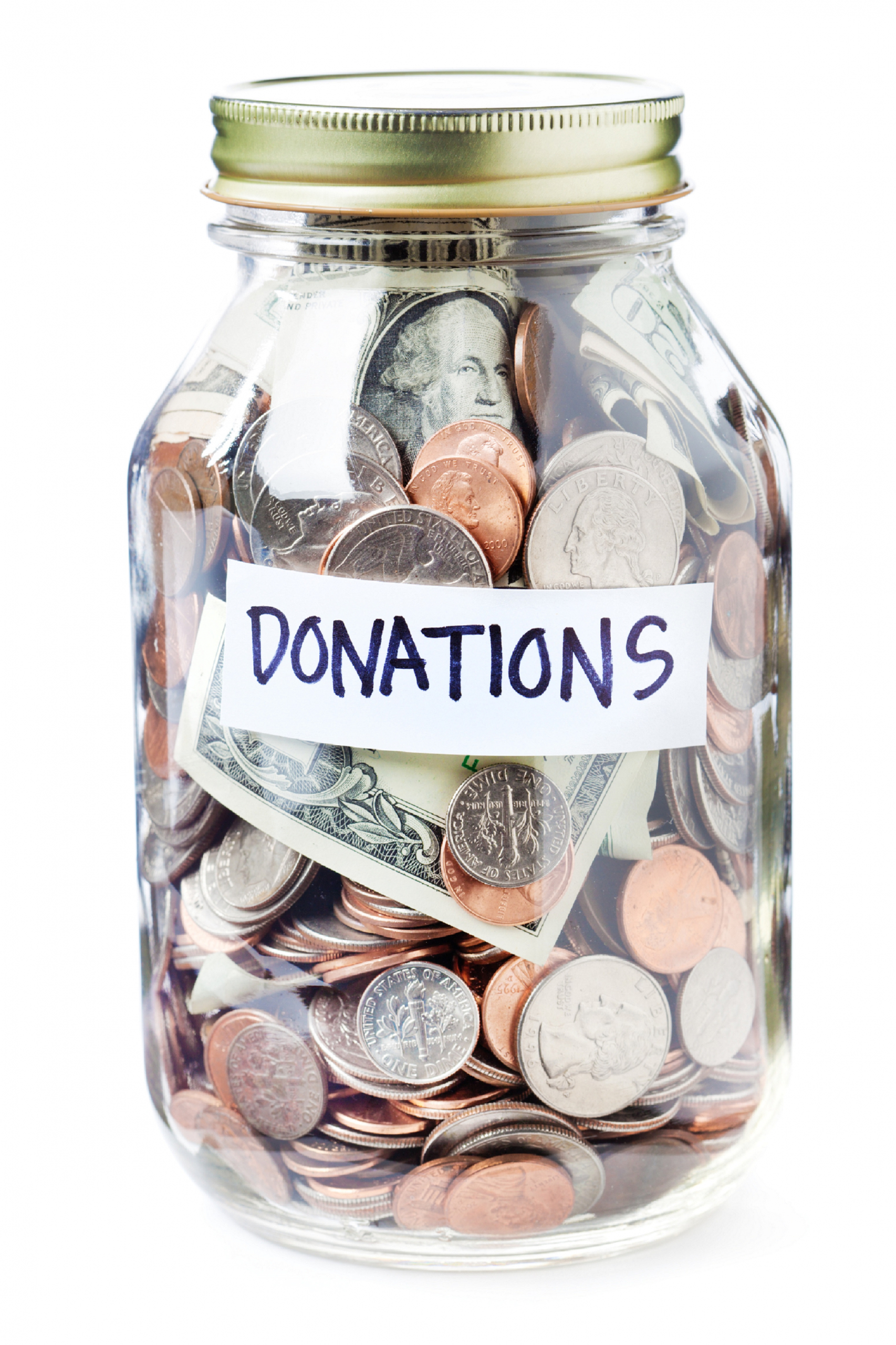Donor-Advised Funds
A donor-advised fund (DAF) is a charitable giving account controlled by a Section 501(c)(3) organization. This is known as your sponsoring organization and they control the fund, that you contribute to. You control when the money is distributed and who receives the money, but the fund owns the assets in your account. For example, if you add $10,000 dollars worth of assets to your fund’s account, you would receive $10,000 in charitable deductions that year. Then, you can decide when you want to donate assets from the account. Any assets you don’t distribute continue to grow tax-free, but they are now owned and controlled by the sponsoring organization. Depending on when you distribute your assets and the rate at which your account grows, you will likely be able to donate more than the initial contribution of $10,000.
What can you contribute?
You can donate many types of assets to a DAF. They will always accept cash donations, which includes money in IRA accounts and 401(k)s. Most funds also accept non-cash donations in many forms (see a list of examples below).
- Stocks
- Bonds
- Mutual fund shares
- Real estate
- Privately owned company stock
- LLC and Partnership Interests
- Crypto currencies
- Life insurance
It’s important to remember that any donations to the fund are irrevocable. This means the sponsoring organization legally owns all assets upon donation.
How do you make a donor-advised fund?
Multiple financial institutions have DAFs as an available service. That being said, the cost of a DAF varies greatly from institution to institution. Due to this, you must understand the fees associated with creating, maintaining, and terminating an account. As well as any minimum distributions or account balance minimums. There is no one best option when creating a DAF. It all depends on your situation and what you want to accomplish with the fund.
Limitations
Non-cash donations valued at or over $5000, need appraisal when contributing to the DAF. Some examples include private company stock, real estate, and even bitcoin.
There is no limit on how much you can donate to a DAF, but there is a limit on how many contributions you can claim as deductions in a given year. For cash contributions, you can deduct up to 60% of your AGI. For non-cash contributions you can deduct up to 30% of your AGI. Any contributions over your limit can carry over to your subsequent tax returns until depleted, but for no longer than 5 years.
Best Practices
One advantageous way to use a DAF is by donating Socks and mutual funds. When you donate stocks to a DAF you receive a deduction equal to the fair market value of the donation. If the stock has appreciated since you purchased it, you pay no capital gains tax. For example, if you donated $10,000 worth of stocks, which you purchased in previous years for $5,000, you receive $10,000 in deductions and pay no capital gains tax on the $5,000 appreciated value of the stock. Also, the assets can continue to grow tax-free until you distribute them from your account.
Another good way to use a DAF is by grouping contributions for multiple years together to avoid taking the standard deductions. This could benefit you if you take standard deductions, but have many itemized deductions and make contributions yearly. So, if your yearly contributions aren’t enough to make you itemize your deductions in one year, using a DAF you can deposit what you expect to donate for the next 5 years. By doing this you get all the deductions now and then itemize in the years after. This also is a way to decrease your tax burden for a given year if your income was significantly higher than usual. For example, selling a home or business.



